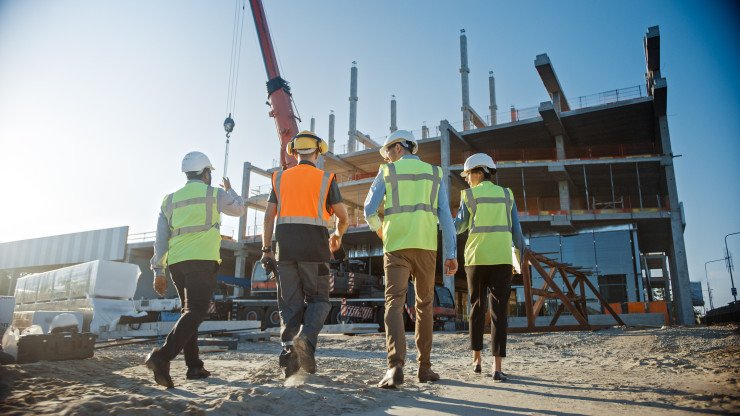Maximizing Results: Working with an Industrial Contractor
When it comes to large-scale industrial projects, selecting the right industrial contractor is critical. From site work and industrial maintenance...

In the diverse world of commercial construction, every project brings its own set of challenges, client expectations, and industry-specific requirements. Understanding the various types of commercial construction projects not only helps clients plan more effectively, but also allows contractors to bring in the right expertise and resources for the job.
At SubCity Contractor Network Pro, LLC, we’ve worked with a wide range of clients across different sectors. Here are seven of the most common types of commercial construction projects in today’s industry—and what makes each one unique.
Retail and grocery stores rely on steady customer foot traffic, which means both aesthetic appeal and functional design are essential. The exterior must be inviting and on-brand, while the interior should promote fluid movement and easy product navigation. From storefront signage to accessible entrances and modern shelving layouts, every element needs to be thoughtfully designed to enhance the customer experience.
Whether it's a renovation or a new build, grocery and retail store construction demands:
Restaurant construction comes with unique challenges, especially when working with franchise chains that require strict adherence to brand standards. For independent establishments, there’s often room for creative and custom design, but always within the framework of local health and safety regulations—particularly around kitchen ventilation, fire safety, and plumbing.
Key considerations for restaurant projects include:
From budget motels to luxury hotels, comfort, privacy, and convenience are at the heart of any successful lodging facility. These builds require attention to soundproofing, durable yet stylish finishes, and systems that support high guest turnover. In large hotel projects, efficient construction management and phased development are often critical to staying on schedule and budget.
Essential features often include:
Office building construction varies widely, from small-scale setups for startups to towering corporate headquarters. Flexibility is often key, as office layouts must accommodate various business types and working styles. Shared office spaces, conference rooms, break areas, and collaborative zones are all part of the equation.
Office building design includes:
Industrial construction includes facilities for manufacturing, warehousing, and distribution. These projects demand heavy-duty construction techniques, specialized infrastructure, and an emphasis on operational efficiency. Ceiling height, floor load capacity, and easy access for equipment and vehicles are all important.
Critical elements include:
Medical construction covers everything from full-scale hospitals to outpatient clinics and veterinary centers. These builds require high precision to accommodate sensitive medical equipment, strict hygiene standards, and smooth patient flow. Accessibility for all community members is a top priority.
Typical features of healthcare construction include:
While massive sports stadiums often make headlines, smaller athletic facilities like school gyms, fitness centers, and community recreation buildings are equally important. These structures need to be durable, safe, and capable of accommodating both participants and spectators.
Key aspects include:
Work With SubCity Contractor Network Pro, LLC
With decades of experience and a proven track record of successful projects, SubCity Contractor Network Pro, LLC is your go-to partner for all types of commercial construction. Our team of experienced professionals understands the unique demands of each sector and is committed to delivering projects on time, within budget, and up to code.
📍 Serving the tri-state area and beyond
📞 Call us today at (228) 224-2703 to get started on your next commercial project.
Let’s build something extraordinary—together.
In the diverse world of commercial construction, every project brings its own set of challenges, client expectations, and industry-specific requirements. Understanding the various types of commercial construction projects not only helps clients plan more effectively, but also allows contractors to bring in the right expertise and resources for the job.